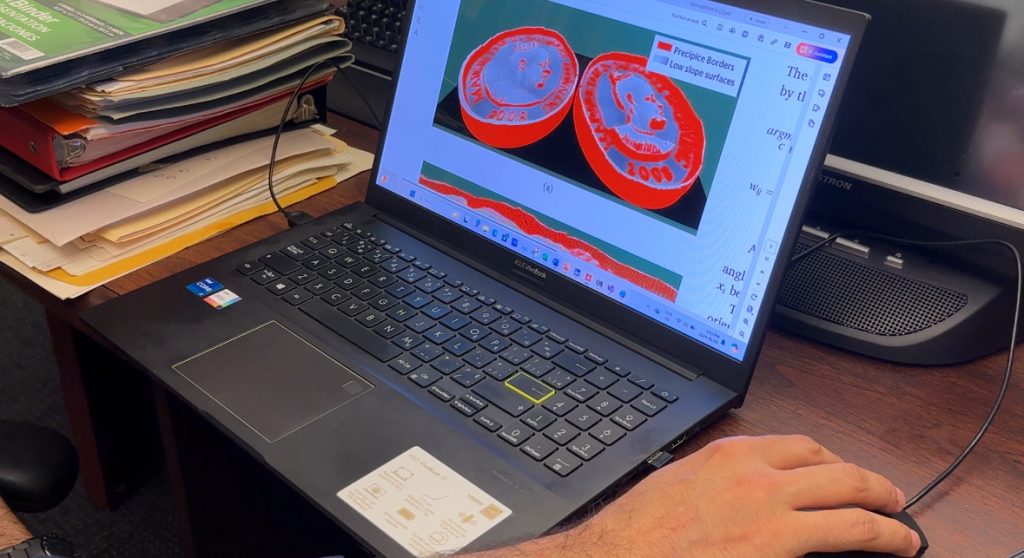Concordia University researchers use AI to identify counterfeit coins

Posted June 4, 2024 9:59 pm.
Last Updated June 4, 2024 11:29 pm.
Researchers at Montreal’s Concordia University have developed an innovative technique for accurately identifying counterfeit coins. As techniques used by fraudsters become more sophisticated, one research author says artificial intelligence could change the game.
“The project itself came up from Danish police and they wanted to know if they could have a method, leveraging AI, to detect counterfeit coins,” explained Dr. Saeed Khazaee, and AI researcher, member of Concordia’s Centre for Pattern Recognition and Machine Intelligence (CENPARMI) and the CEO of NexaDeeds.

Dr. Khazaee along with Dr. Maryam Sharifi Rad under the guidance of project supervisor, Dr. Chin Suen, began by digitizing genuine and counterfeit coins in high resolution to give the artificial intelligence something to learn from.
“A counterfeit coin detection problem is a classification problem. So in a classification problem, we need to have a training dataset,” said Khazaee. “What we have to do is to extract features. The features can help to build a model that can distinguish fake from genuine.”
Using machine learning and image mining, the team’s research on the whole has shown that AI is able to pinpoint irregularities by analyzing coin borders and surfaces, a far cry from older methods of examining coins through a looking glass, Dr. Khazaee says.

“It’s a little exaggerated [with bright colours] because we want to see exactly what is on the surface. The whole surface has been triangulated. If a genuine coin comes like this, fake coins might not,” said Khazaee. “What we do is scan the surface of the coin in 3D and we try to see the old edges.”
Insofar as other practical applications for the technology, the team is enthusiastic.
“Generally, whatever you have, you have a watch which is very expensive and you don’t want to get the fake one, right? So it could be a very good start to detect genuine and distinguish it from fake,” the researcher says.








